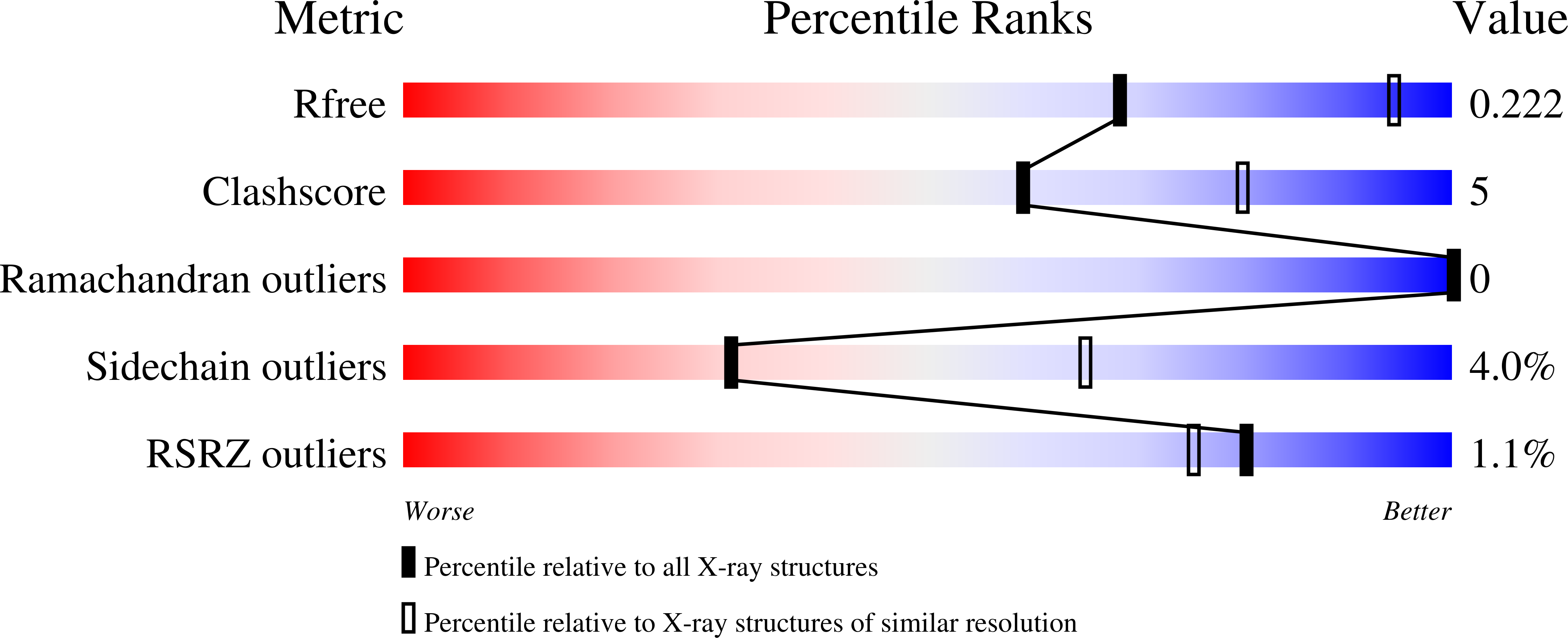
Deposition Date
2023-02-18
Release Date
2023-10-04
Last Version Date
2024-04-10
Entry Detail
PDB ID:
8CM9
Keywords:
Title:
Structure of human O-GlcNAc transferase in complex with UDP and tP11
Biological Source:
Source Organism:
Homo sapiens (Taxon ID: 9606)
synthetic construct (Taxon ID: 32630)
synthetic construct (Taxon ID: 32630)
Host Organism:
Method Details:
Experimental Method:
Resolution:
2.80 Å
R-Value Free:
0.22
R-Value Work:
0.19
Space Group:
P 3 2 1


